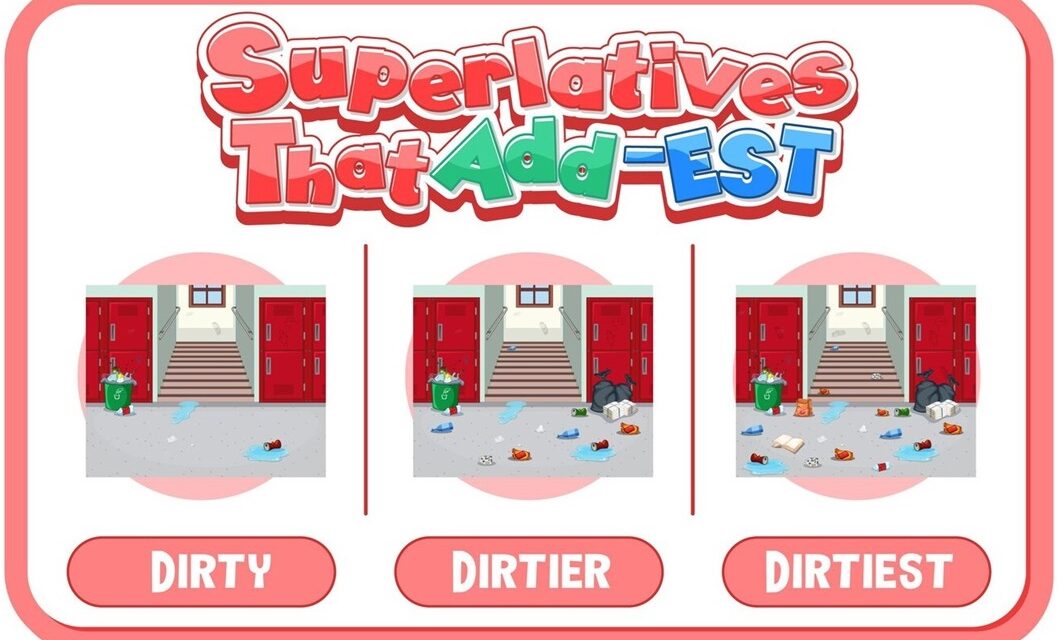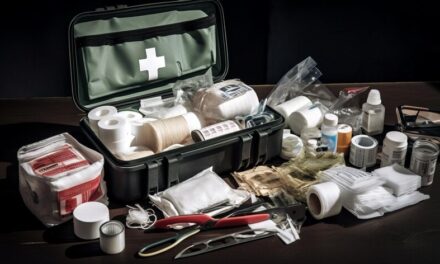Introduction to Adjectives
Adjectives are words that describe or modify nouns and pronouns. They give us more information about people, places, things, or ideas by telling us about their qualities or characteristics. For example:
- The tall building
- A delicious meal
- Five students
- An interesting book
Degrees of Comparison
When we want to compare different people, places, or things, we use degrees of comparison with adjectives. There are three degrees of comparison:
- Positive Degree: The basic form of the adjective with no comparison.
- Example: John is tall.
- Comparative Degree: Used to compare two things, showing that one has more of a quality than the other.
- Example: Sarah is taller than John.
- Superlative Degree: Used to compare three or more things, showing that one has the most of a quality.
- Example: Michael is the tallest student in class.
Rules for Forming Degrees of Comparison
There are several ways to form the comparative and superlative degrees:
1. For one-syllable adjectives:
- Add -er for the comparative degree
- Add -est for the superlative degree
- Example: tall → taller → tallest
2. For adjectives ending in ‘e’:
- Add -r for the comparative degree
- Add -st for the superlative degree
- Example: nice → nicer → nicest
3. For one-syllable adjectives ending with a single consonant after a single vowel:
- Double the final consonant and add -er or -est
- Example: big → bigger → biggest
4. For two-syllable adjectives ending in ‘y’:
- Change ‘y’ to ‘i’ and add -er for comparative
- Change ‘y’ to ‘i’ and add -est for superlative
- Example: happy → happier → happiest
5. For most two-syllable adjectives and all adjectives with three or more syllables:
- Use “more” before the adjective for comparative
- Use “the most” before the adjective for superlative
- Example: beautiful → more beautiful → the most beautiful
6. Some adjectives have irregular forms:
- good → better → best
- bad → worse → worst
- little → less → least
- much/many → more → most
- far → farther/further → farthest/furthest
Examples in Context
Let’s look at some examples of how degrees of comparison work in sentences:
Positive Degree:
- This is a fast car.
- She is a clever student.
- The cake tastes delicious.
Comparative Degree:
- My car is faster than yours.
- She is cleverer than her brother.
- This cake tastes more delicious than the last one we made.
Superlative Degree:
- This is the fastest car in the race.
- She is the cleverest student in the class.
- This is the most delicious cake I have ever tasted.
Special Cases and Notes
- Equal Comparison: When things are equal, we use “as…as” with the positive form:
- John is as tall as Mark.
- Negative Comparison: For negative comparisons, we use “not as/so…as”:
- The blue car is not as/so fast as the red car.
- Multiple Syllable Exceptions: Some two-syllable adjectives can take either -er/-est or more/most:
- simple → simpler/more simple → simplest/most simple
- clever → cleverer/more clever → cleverest/most clever
- Double Comparatives/Superlatives: Never use both forms together:
- Incorrect: more better
- Correct: better
- Absolute Adjectives: Some adjectives logically cannot be compared because they represent absolute states:
- perfect, unique, complete, dead, empty, full
However, in casual speech, people sometimes do compare these (e.g., “more perfect,” “most unique”) to emphasize a point.
Do All Comparative Adjectives Require “Than”?
When forming comparisons, we often use the word than to show the difference between two things (e.g., This chair is more comfortable than that one). However, not all sentences using the comparative degree of an adjective follow this structure. There are several cases where than is omitted because the comparison is implied, used for emphasis, or part of a fixed expression. Let’s explore these exceptions.
Not all sentences that use the comparative degree of an adjective necessarily include the word than. While than is commonly used to make direct comparisons (e.g., This book is more interesting than that one), there are exceptions where the comparative form appears without it. Here are a few cases:
1. Implicit Comparisons
Sometimes, the comparison is understood from context without explicitly using than.
-
She’s feeling better today. (Compared to an earlier time, but than is omitted.)
-
Things are getting worse. (The worsening is understood over time.)
2. Comparative Adjectives Used for Emphasis
Comparative forms can sometimes be used for emphasis rather than direct comparison.
-
The sooner, the better. (A structure where the comparison is implied.)
-
It’s getting colder. (The comparison is implied with reference to the past or expected temperature.)
3. Fixed Phrases and Idiomatic Expressions
Some phrases use the comparative degree without than because they are idiomatic or set expressions.
-
The more, the merrier.
-
Think bigger!
4. Comparatives Before Nouns Without Direct Comparison
Comparatives can be used before nouns in a general sense.
-
We need a faster solution. (Not necessarily specifying than what—just emphasizing the need for speed.)
-
A bigger house would be nice. (The comparison is implied but not explicitly stated.)
So, while than is often used in explicit comparisons, many sentences use the comparative degree without it when the context makes the comparison clear or unnecessary.

















